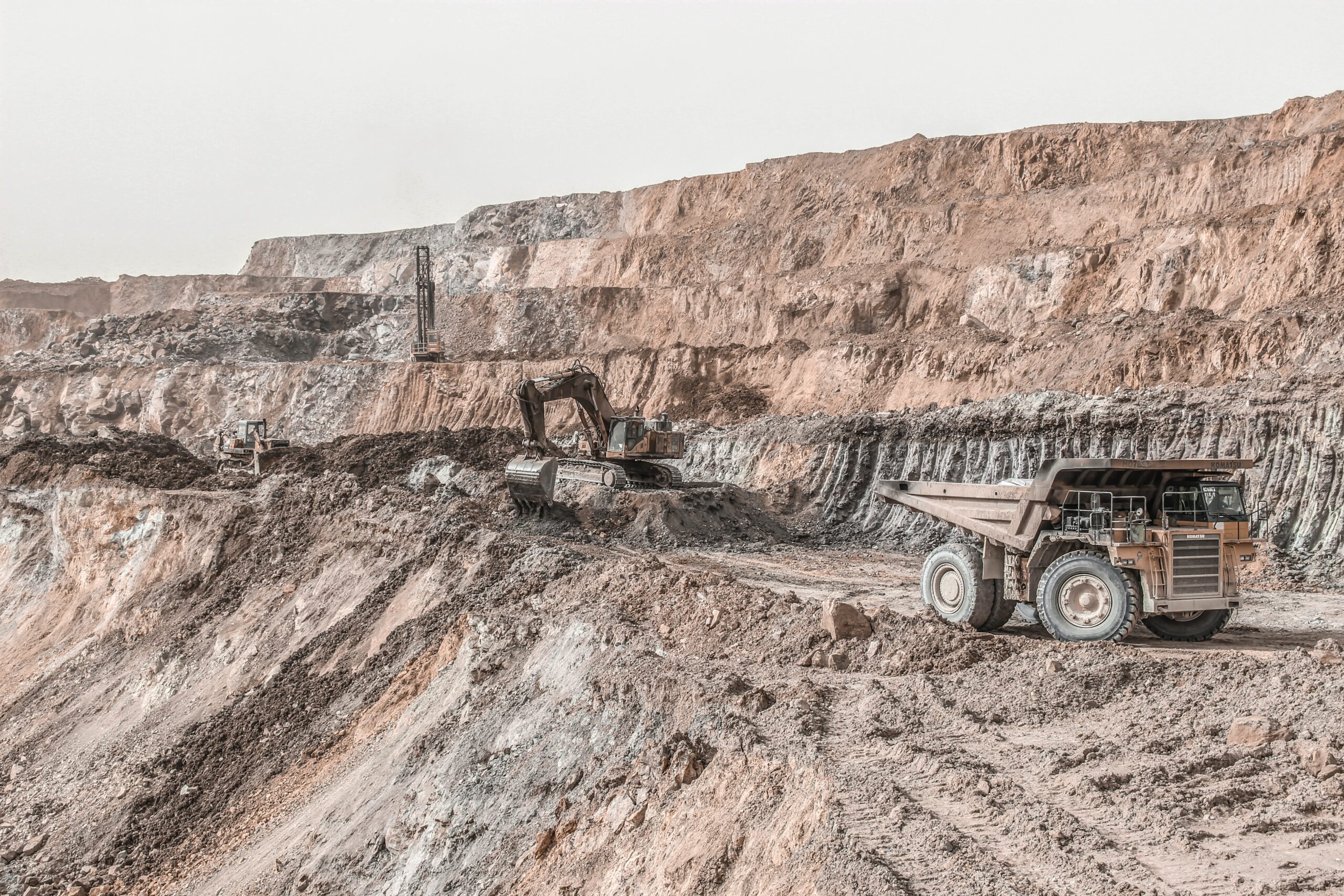As the global economy slows, it’s denting global trade and hurting economies in farflung places. The World Trade Organization now expects global trade to grow at 1% next year instead of 3.4%. One of the regions most impacted will be South America, where trade will increase only 0.3% in 2023, according to the WTO.
South America is also expected to get hurt by another change. President Xi Jinping of China insisted that he would continue his conservative Covid-19 strategy, which prioritizes safety and control at the expense of economic growth, and insist on “common prosperity”, which is code for stability and domestic production instead of exports.
Behind these pronouncements are an essential change in the composition of the $18 trillion Chinese economy, the world’s second biggest. China has become a more mature and slower-growing economy, more capable of producing high-tech goods and less demanding of essential industrial commodities like iron ore, copper and manganese.
One category of commodities it will continue to need, as evidenced by its soaring imports from petroleum powers, led by Russia but including Latin American countries: oil and gas.
The repercussions for Latin America countries of China’s change in strategy will be broad, according to an analysis by Trade Data Monitor, the world’s premier source of trade statistics.
China is biggest buyer of export from a host of countries in Latin America. In the first 15 years of this century, when China’s gross domestic product was growing over 10% a year, it helped boost and fulfill the promise of Latin America’s economies. The GDP growth is now around 3.5%, according to the International Monetary Fund.
The lower growth in China will result in declining Latin American exports, lower prices for key commodities, and less investment in the region, analysts say.
Already, Chinese imports from Latin America are falling. Chinese imports of iron ore from Brazil, for example, declined 3.8% to 163.6 million tons during the first nine months of 2022, according to TDM. Copper imports were down 32.8% to 127.8 million kilos.
It’s not just industrial commodities. Agriculture is also affected. Chinese imports of soybeans from Brazil, for example were down 5.1% percent to 46.5 million tons during the first nine months of 2022. President Xi has promised to boost domestic production of soybeans in China. Imports of cotton fell 37.7% to 305.3 million kilos. Imports of sugars declined 17.9% to 2.6 million tons.
The result: Overall Chinese imports from Brazil by value fell 1.9% to $85.3 billion.
There are exceptions. Countries with fossil fuel industries are poised to weather the storm better than other counties. Chinese imports from Colombia for example, rose 37.4% to $5.3 billion. The reason is Colombia’s petroleum industry. Over 80% of those shipments are fuel.
And in niche food markets, where Latin America companies can cater to China’s booming middle and upper classes, there is still opportunity for growth. Shipments from Argentina to China, for example, increased 21.3% to $5.3 billion, thanks to exports of meat rising 35.7% to $2.2 billion, and shipments of cereals increasing 84.3% to $1.4 billion.
So how can Latin America adjust? It will be difficult to match China’s recent appetite for foreign investment. “A falloff in Chinese investment is much harder to make up for,” write Catherine Osborn in Foreign Policy. “Projects in Latin America financed through China’s Belt and Road Initiative or via direct Chinese investment may now move slowly.”
The problem with China’s lower consumption is that it depresses prices. Brazil’s iron ore exports by value, for example, fell 34.6% to $25.7 billion during the first nine months of 2022. The only top markets where iron ore exports increased were South Korea, up 11.6% to 6.3 million tons, and the Netherlands, up 2.8% to 5.8 million tons.
That signals that there are still good markets, but Latin American exporters will have a difficult time replacing the voracious appetite of China’s early 21st century commodity boom.


